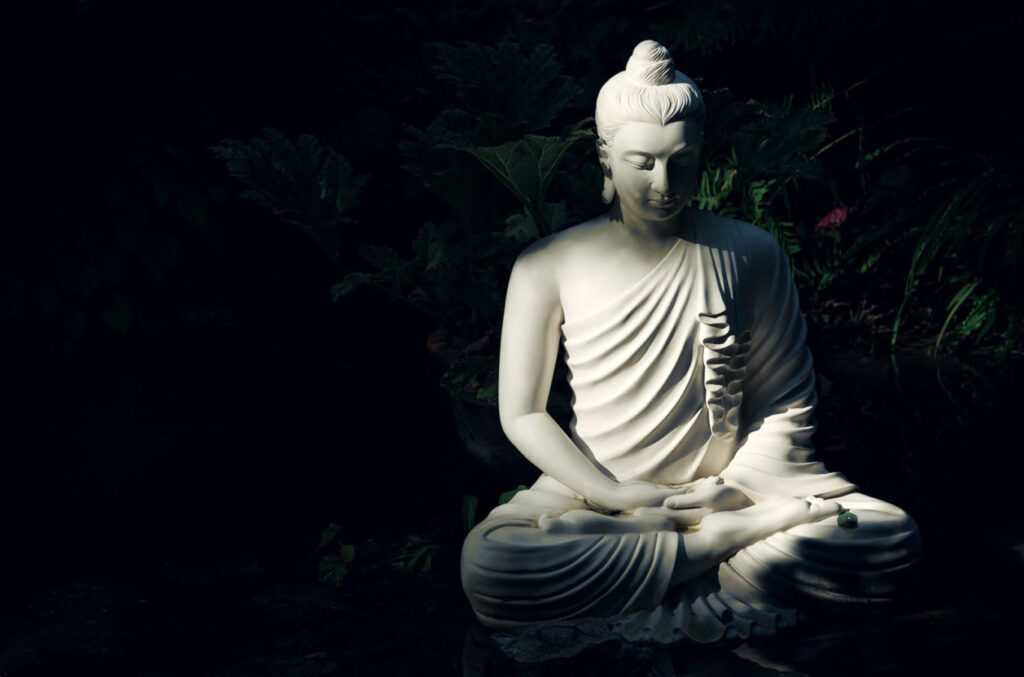The story of the Buddha’s final moments is one of the most powerful and inspiring in all of religious history. It is a story that speaks to the essence of his teachings, and to the profound impact he had on the world.
According to Buddhist tradition, the Buddha spent his last days in meditation, surrounded by his disciples. He knew that his time on earth was coming to an end, and he was determined to use his remaining time to impart his wisdom and teachings to his followers.

As he lay on his deathbed, the Buddha was at peace. He had spent his life teaching the importance of impermanence and the need to let go of attachments, and he was now able to practice what he had preached. His mind was clear, and he was able to focus on his final task.
In his final instructions to his disciples, known as the Mahaparinibbana Sutta, the Buddha emphasized the Four Noble Truths, which are the foundation of Buddhist philosophy. He taught that suffering is an inherent part of life, but that it can be overcome through the practice of mindfulness and compassion.
The Buddha’s final moments were a testament to his teachings. He remained calm and focused, even as his body failed him. His willingness to accept his own mortality and to pass on his teachings to his followers is a reflection of his compassion and selflessness.
But the Buddha’s legacy did not end with his death. His teachings continue to inspire and guide people around the world, and his influence can be seen in everything from modern mindfulness practices to the Dalai Lama’s advocacy for peace and compassion.
The Buddha’s final moments are a powerful reminder of the importance of living a life of compassion and mindfulness. They are a testament to the true nature of the Buddha and to the transformative power of his teachings. As we reflect on his life and legacy, we are reminded of the profound impact one person can have on the world, and of the enduring power of spiritual wisdom and insight.




